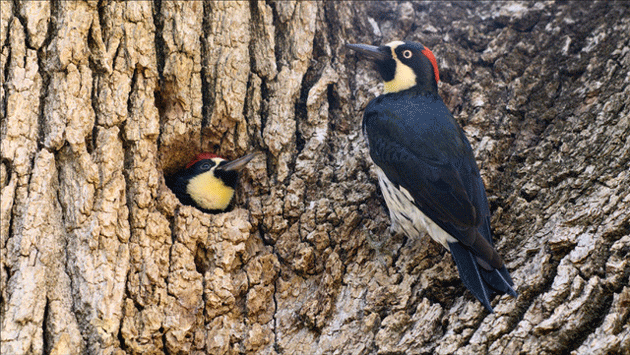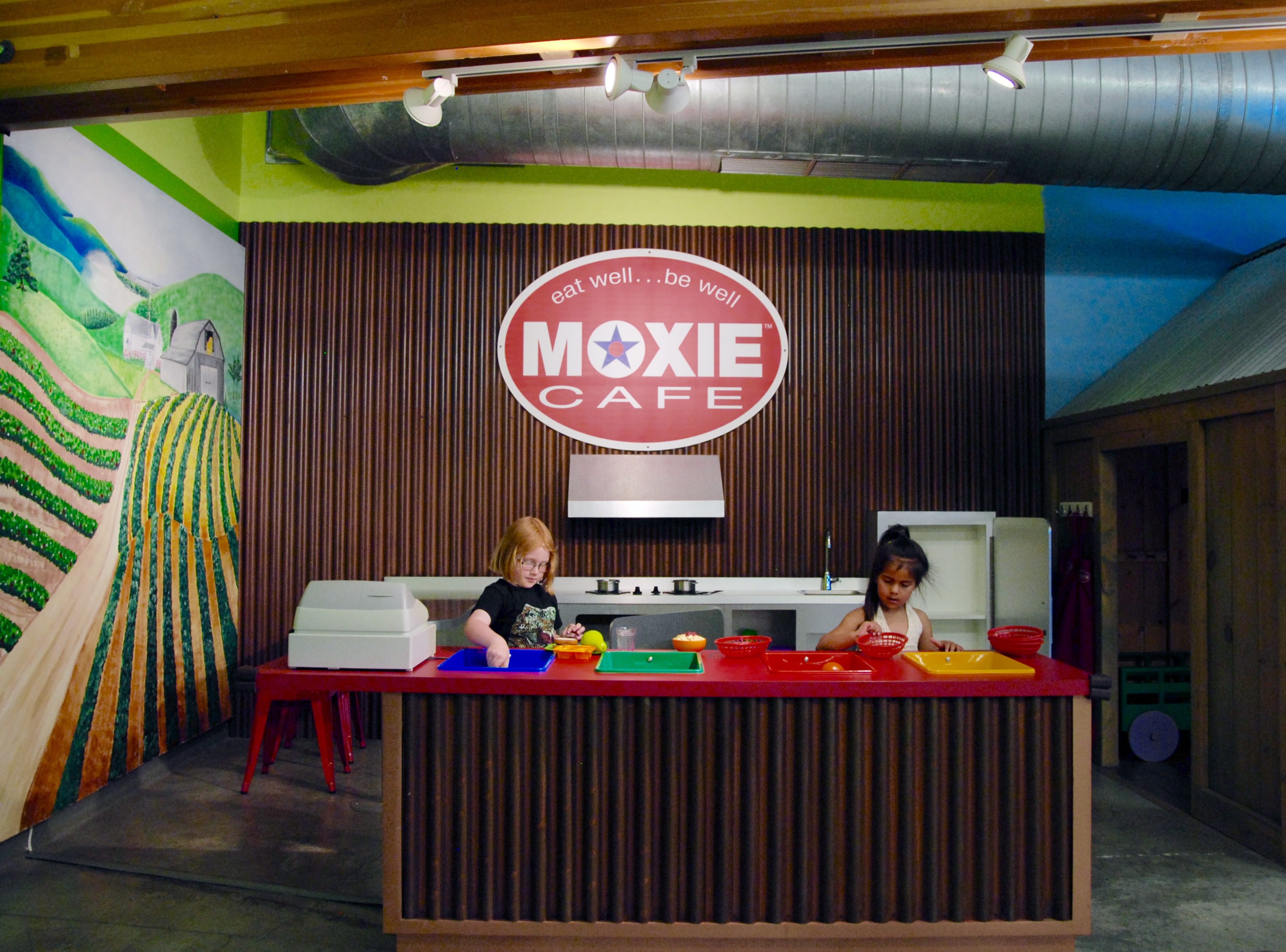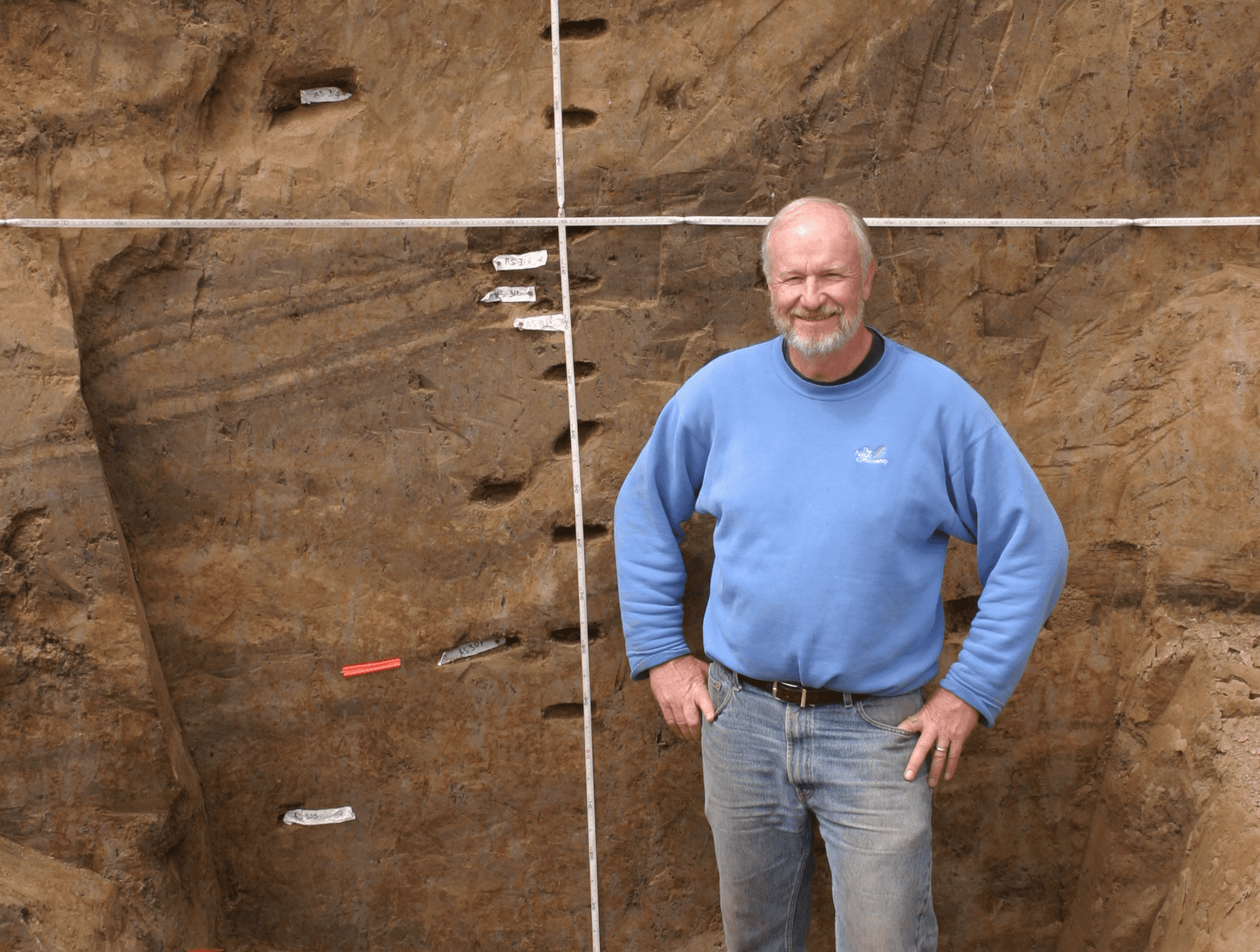Elverhoj continues series celebrating Solvang’s 110th anniversary
Contributed by the Elverhoj Museum
Elverhøj is honoring Solvang’s founding in 1911 and its 110th anniversary using the theme “Skål Solvang – Celebrating 110 Years of History & Culture.” This is the second in a year-long series of emails highlighting community milestones.
Trying times for new Danish colony
Perhaps one of the most astonishing aspects of Solvang is that it has survived where many larger, more established Danish communities in the United States did not. What most visitors and even long-time residents don’t know is how close the town came to collapsing in the years just after its idyllic beginning in 1911.
Problems accumulated in a stealthy, devastating way. Weather, fiscal difficulties and misperceptions became serious problems.
When the land sale was finalized in January 1911, the local hills were green and the Santa Ynez River flowed nearby. The land was beautiful but very different from what the Danes had been used to, whether they were coming from the Midwest, elsewhere in the U.S. or directly from Denmark.
Despite heavy winter rains the first year, groundwater was hard to find and many test wells came up dry. The fall harvest was weak. The extended summer heat and dry spells made some settlers talk of leaving.
Worse, the Danish American Colony (DAC) stock used to finance the purchase of the land to establish the new town was not selling well. Verbal support remained strong, but the expected financial backing didn’t materialize. Land sales plummeted as rumors flew that Solvang land was not well suited to agriculture. Even with a two-month extension, the DAC barely made the second $100,000 payment at the end of 1912.
The winter of 1912-13 brought a drought that led to yet another poor harvest, devastating the reputation of the fledgling colony, which was harmed further by unfounded stories of mismanagement.
By August 1913, the DAC had managed to bring in only $15,000 for the year, far short of the $100,000 needed to fulfill its contract. Disaster loomed.

Admitting defeat, the DAC directors were forced to return all unsold land – two-thirds of the 8,883-acre parcel – to the Santa Barbara Land and Water Company which put the land back up for sale.
Nevertheless, they didn’t give up. The crisis led J.M. Gregersen, one of the town’s three founders, to step down as pastor to focus solely on finding the funds Solvang needed to survive.
Gregersen pulled in every favor, twisted every arm and even traveled to the Midwest to find the money needed to save the new town. In just two months, he managed to find 25 investors who provided enough funds to buy back 5,828 acres, retire the debt, and settle with the investors. The town was now free and clear and in Danish hands as originally envisioned.
Having averted failure, the town’s leaders focused on building a thriving community and the folk school at its heart.
To learn more about the history of Solvang, visit www.elverhoj.org or follow them on social media.







